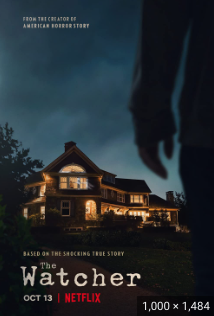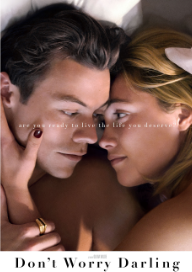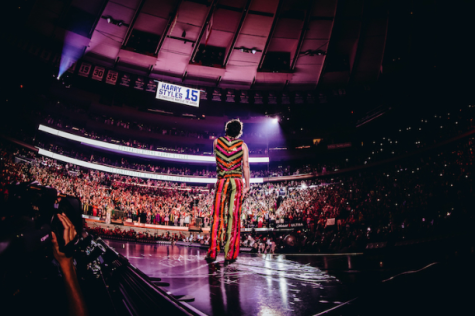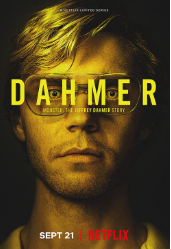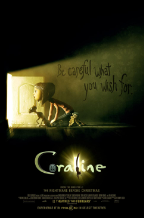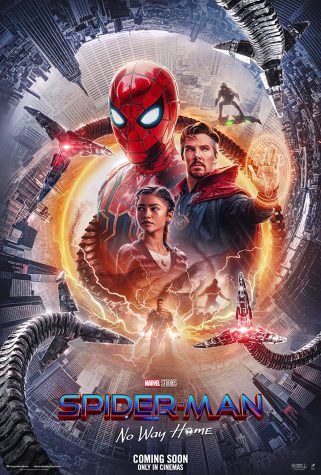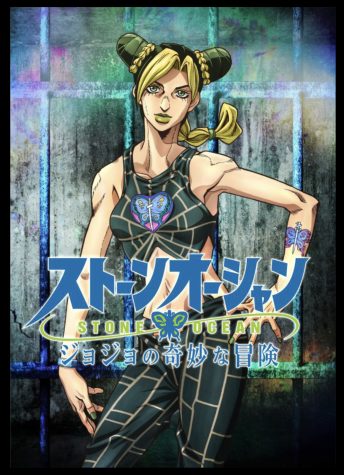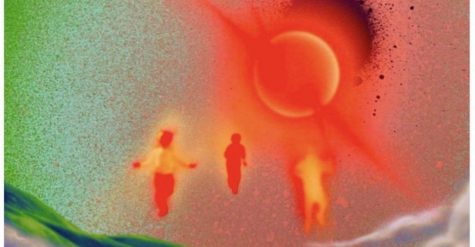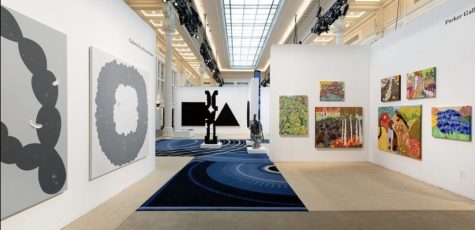Pokemon Animation Styles
Pokemon is a popular franchise that has gone through many changes since its debut in 1996 when Pokemon Red and Pokemon Blue were released for the Game Boy. The graphics began as simple, but detailed and intriguing for its time. Everything was mostly black and white. However, there was a bit of color in the battle sequences. Each pokemon had muted highlights, which allowed the graphics to be detailed, without worrying about too much color. This was good for them at the time, because the system that the game was made for, the Game Boy, wasn’t very high tech and wouldn’t allow too much detail for the graphics.
Seeing how popular this franchise was the company, Gamefreak, created a second game in 1999. Even though there was only a 3-year gap, the graphics showed definite improvement. For starters, the full color was added to both the battle sequences and the overworld map. While the colors were mainly bright and in your face, it still found a way to keep that simplistic style from the first games. During battle sequences, the pokemon looked more detailed, and advanced compared to its 1996 counterpart. This was a smart choice for the Gamefreak company because the younger players, which is what they were aiming for, wouldn’t look too deep into the shading and animation of each pokemon. They’d just see that it was a cool monster-like character, which they got to use in the game.
In 2002, Gamefreak released the third installment of the series. This was a massive step up from the past two games. Everything is in full color, still pixelated, but they use that pixelation to make it look better. The colors are also a bit softer, and much less vibrant and in your face from the last game. One of the new additions is a reflection on the water, which is absolutely a gorgeous addition to the game although it may be overlooked. The style of the battle sequences has changed again as well. The pokemon characters look less detailed than the past two versions, but the way they’re shaded and drawn still makes them look fierce and intimidating. Another new addition to this game is ovals underneath each pokemon to create a shadow, along with an entire scene drawn to match the style of the terrain, after having only a blank white background.
The fourth generation, released in 2006, didn’t show too much change style animation wise but they did keep the water reflection, much of the characteristics of the game were smoothed out. The ground is also just one plain color, wherein other generations there were small little lighter color grass blades that would slowly move back and forth, along with some flowers. While this added more finesse to the games, it didn’t look as detailed as the pixelated versions.
In generation five, released 2010, was the first signal that they were beginning to move towards a 3-D era. The characters and pokemon remained 2-D and made out of pixels, but the overworld was 3-D. Most of the textures were similar to that of generation four, but they had more detail and depth. The grass was still just a chunk of texture, but it had darker, shaded, portions and little blades of grass where it collided with the dirt road. While the landscape and background were well created, it was a bit strange still keeping the characters and battles pixelated. The battle animations looked good in that style, but having the flat characters on such a full background felt like something was missing, and there was.
Generation six began the entirely 3-D 3- dimensional era, when it was released in 2016 For the first game with 3-D characters and battle sequences, it wasn’t too bad. Some of the pokemon from early generations that looked awesome in the menu, where they were smaller and pixelated, looked not as great in 3-D. Compared to the second generation with bright landscape colors, this is a huge step. However, the 3-D doesn’t nearly look as good as the details back in generation three. Because the game was no longer in 2-D, more detail had been sacrificed. Back in previous generations, the pixels were able to hide the lack of detail. But, since this game has smooth textures all the way, any simplistic portions are pretty obvious. This game did do a good job with the ground textures, as they looked more like grass and dirt and less like a green block next to a tan-colored block. The characters were kept simple and were smaller than the future models.
Generation seven was the second installment of the three–dimensional games, released in 2016. The characters were changed from the Japanese animation “chibi” style, to being given anatomically correct models. This wasn’t as good as it sounds. While the characters started to look like real people, for some reason the protagonists’ expression remains stagnant. No matter what is going on, the player never appears concerned or sad, any emotion other than simple contentment. This is very noticeable in this particular game because there are a lot of [cutscenes, which look amazing, where the camera focuses on the player’s expressionless face. This takes the real-life player out of the illusion that the graphics have managed to create. The other characters in the scene appear concerned, telling you that you’re the only one that can stop a raging beast, and then the camera just shows your character’s face, completely blank, and it makes the whole thing seem less exciting than it’s been built up to be.
Finally, generation eight. This game is the most recent installment, as it was released in 2019, and its graphics are that of generation five. Good, but at the same time bad. The character keeps the humanoid model, but they look much better than the model from the previous game. The expression changes this time, which helps keep the player captivated with what will happen next. The new pokemon look better with this style, however, some from previous generations don’t look as good. Although this is similar to the previous generation, these are smoother and have the landscape as a background as oppose to a bunch of colors.
Pokemon games have gone through a lot of changes in style style changes. Going from a simplistic, 2-D game to a simplistic, 3-D game, is a big leap for this franchise, especially since the games remained pixelated for 14 years before changing. And even then, the character was still pixelated on the map. Some of these changes were good such as improving the character model. However, some were bad like dumbing down the water texture in generation eight.]

